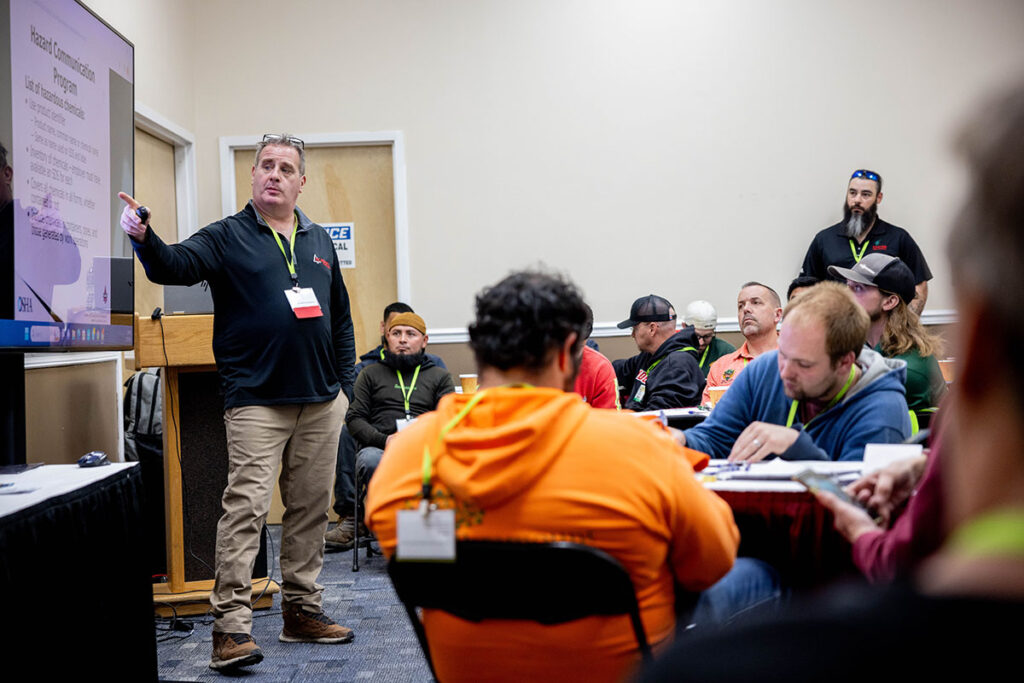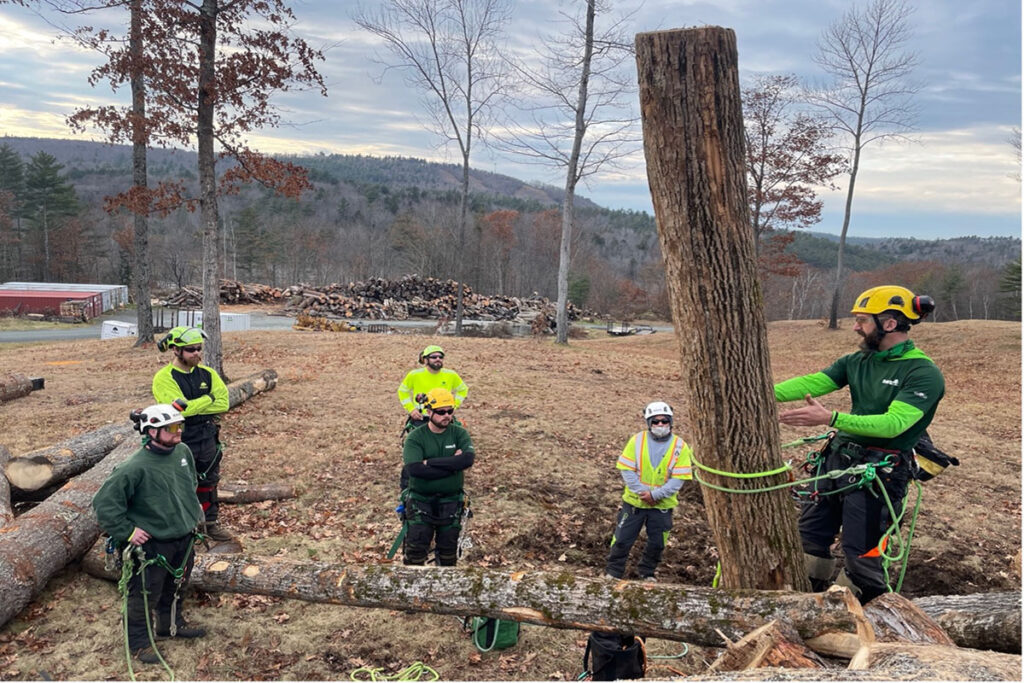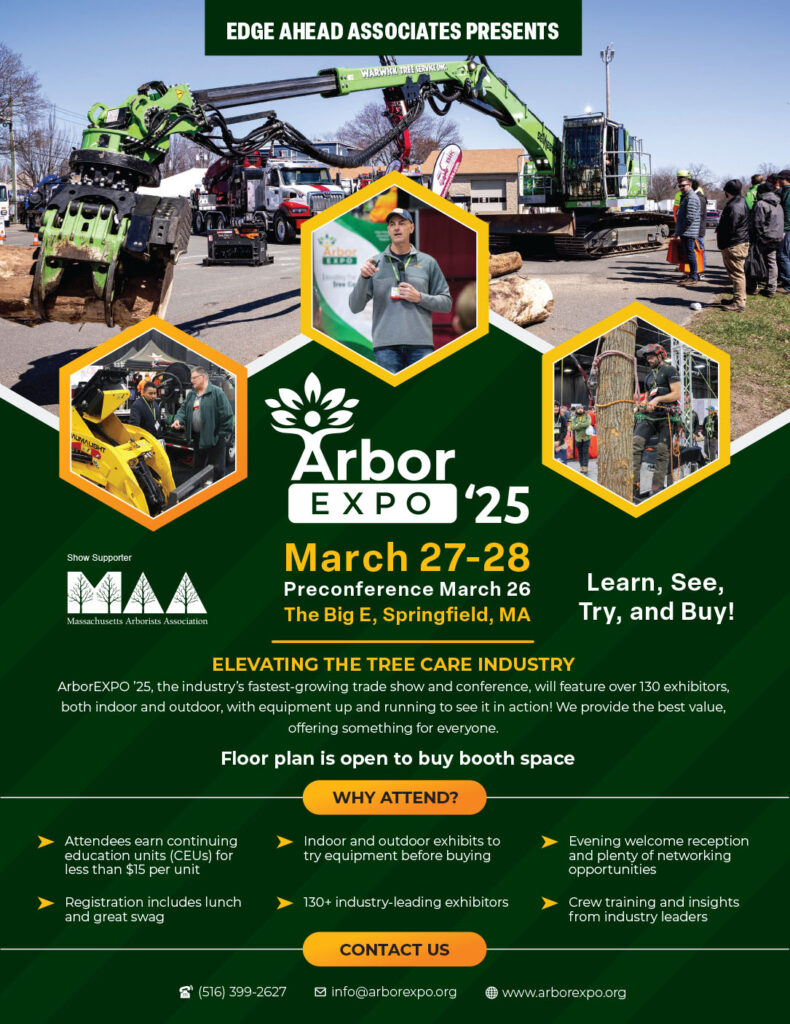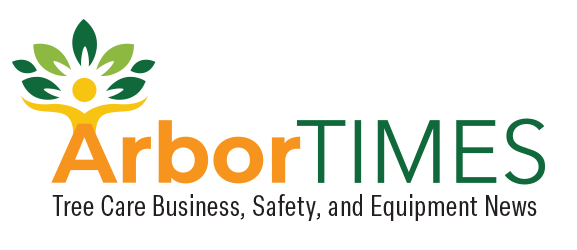Rethinking Training — A Critical Look
Este es nuestro intento de convertir las historias en audio español usando Inteligencia Artificial. Aún así le recomendamos que reconfirme ciertas palabras clave y temas. ArborTIMES no garantiza ni se responsabiliza de la conversión del inglés al español de los relatos.
.

Many companies struggle with training program management. They struggle with finding training providers. They struggle with documentation and compliance. They struggle to close the performance gaps that training promises to close.
Most importantly, they struggle to reap the full benefits that successful training programs can bring to the company, their clients, and the boots-on-the-ground employees who put their lives, health, and careers at risk conducting operations.
Here are some reasons why companies struggle and some suggestions on how they can improve.
Training in Spirit vs. Training in Practice

I’d like to argue that training in spirit and training in practice have become needlessly different.
In spirit, training is something that can elevate an individual, an organization, an industry, and even a society. It’s an important thing that doers do when they are performing tasks that improve their company’s performance.
Training is a tactical organizational development intervention that closes performance gaps. Training is also a strategic tool that builds individual and organizational capabilities. These capabilities, when taken to market, become core and distinctive competencies that establish competitive advantage.
In many companies and organizations, the spirit gets lost in the practice. In practice, offending organizations start to go through the motions, treating training as a status quo-supporting activity. Training becomes like an inflatable pool chair that an organization sits upon like a buoyant BarcaLounger, keeping organizations and managers afloat with a false sense of stability.
Why Do We Conduct Training?
There are a lot of good reasons for a company to make training a priority. When you identify these “reasons why,” you identify your training program goals. Here is a partial list:
- Training improves job performance, productivity, and work quality.
- Training is often the appropriate organizational development intervention to close performance gaps.
- Training can improve workplace safety.
- Training contributes positively to company culture.
- Training improves employee satisfaction and retention.
- Training is required by external authorities such as the Occupational Safety and Health Administration (OSHA).
- Training is required or recommended by industry standards such as ANSI Z133.
- A squared-away training program is often required to compete for attractive contracts and keep the contracts you currently have.

The “We’ve Always Done It This Way” Trap
In running any business or organization (and in doing many things, for that matter) we often do things because they’ve always been done that way. To a certain extent, this is a timesaving, error-saving, and overthinking-sparing tactic. After all, aren’t best practices tried and true methods that promise to give consistent, predictable, and positive results?
There is a logical fallacy here and it’s called “appeal to tradition”. Despite the apparent logic behind best practices or traditions, organizations embracing these approaches frequently miss the mark and fail to achieve intended program goals.

Best practices and traditional approaches often only help to achieve a minimum standard of performance. They don’t guarantee excellence, nor do they prevent an epic fail. It’s kind of like putting those inflatable rubber bumpers in the gutters of a bowling lane. Although they prevent a gutter ball, they don’t guarantee a strike (or a spare), and it’s still entirely possible to miss all the pins completely.
Need proof? Here is a video of a kid who, even with bumpers in place, managed to miss all the pins, while also using two balls. Relatable? Can you think of an example in your business or organization where you’ve taken an abundance of caution only to still fall short?
Goal Displacement
As an organizational development and talent development professional, I’ve often observed that training can become the Achilles heel of an organization — especially in a high-risk industry where competence and compliance are both keystones to safe operations.
One reason for this is that training programs often fall victim to an organizational phenomenon called “goal displacement”. Goal displacement occurs when intended goals become replaced by something else.
When this happens, you lose sight of your “reasons why” that first defined your goals. This can take many forms, but often, original goals are displaced by measurement devices or key performance indicators (KPIs). Examples of these KPIs include:
- Compliance training conducted during onboarding
- Tailboard conducted weekly
- A+ company rating in client database
- Recertification conducted on time
- Employee signatures on all training rosters
- 100% company adoption rate of training or learning management software
To be fair, achieving all the checkbox items above is fantastic. But those are not the intended goals of the training program. We start to shoot for the metrics while losing sight of the original goals and the positive organizational outcomes we expected from them. We forget the reasons why. Hitting KPIs is great, but it provides a false sense of security and disguises vulnerabilities.
Goals … Simplified
I want to stress that it’s not wrong to identify “reasons why,” training program goals, and KPIs. You should be doing that. However, we don’t want to focus on all those KPIs and “training in practice” goals at the expense of “training in spirit.” Let’s simplify the goals by reducing them from eight down to two:
Goal One: Improve Job Performance
I had the pleasure recently of attending the Western Chapter International Society of Arboriculture’s 90th annual conference and trade show in San Diego, CA, with Academy Trained and the Two Tree Guys Podcast.
Academy Trained had a small stage surrounded by an aluminum truss with different climbing systems on display for demo purposes and training talks. At one point, I was approached by an energetic industry veteran, who gestured to the climbing systems on stage and greeted me with:
“You want to hear something crazy? I own a tree company. We’ve been doing this for 50 years, and nobody knows how to ascend a tree.”
I was still trying to process what he said when he continued:
“Did you hear what I just said? I said we’ve been doing this for 50 years and nobody knows how to enter a tree with this stuff,” he said, gesturing again to the climbing systems. “We still use ladders to get up there. Isn’t that crazy?”
Then he asked the mother of all questions for a training company at a trade show: “Where do we go to get this kind of training?”
Of course, I informed him that there were training companies, including Academy Trained, that offered this kind of training. However, the reality for many tree companies (especially small companies like his) is that the availability and expense of commercially delivered technical training often creates barriers that are hard to overcome. Location, schedule, and travel/tuition expenses all have to align.

I pulled out my phone, and together we explored the options. We discussed technical training options offered by the Tree Care Industry Association’s (TCIA) Arborist Safety Training Institute (ASTI), trade show training opportunities, including Expo Climb at TCI Expo, and the employment of contract climbers.
Contract climbers can be a good solution, because they bring leadership, technical, and training expertise to an organization without the hoops and expense of bringing on a full-time employee.
A final option I mentioned, given that we were in California, was that several California community colleges offer a five-week program developed with TCIA that he could explore.
Trade shows and conferences being what they are, our conversation was interrupted by the lure of CEU-granting breakout sessions, and we parted ways with thank you’s, marketing collateral, and a business card.
This particular owner had a performance gap that he was having a hard time closing. Technical training was most likely the best intervention to close that gap. And, in his case, he was mostly unaware of the resources (albeit potentially sparse) that were available to him.
The following is a partial list of options that might bring resources not readily apparent to bear.
- Browse the TCIA Events Calendar or TCIA Training Calendar
- Contact ASTI and get connected with training
- Contact a local ISA chapter and browse their event offerings
- Attend or host a Tree Stuff party
- Browse the Contract Climber Directory at treebuzz.com
- Check out training and networking opportunities at trade shows and expos:
- Team up with the competition and form a strategic alliance. Not only might you get help with training, but you might find subcontracting opportunities.
- Contact your local colleges, tech schools, and economic development offices. You might have to make a few calls to find the right point of contact and, depending on your area, there may be several or just one. When grant monies are distributed by state and federal agencies, these agencies help distribute it, and sometimes they need help spending it.

Goal Two: Ensure Compliance
Are you audit-ready?
Another way that training programs become the organizational Achilles heel is when the metrics look good, but the program can’t pass an audit. Companies that stay out of trouble with OSHA and companies without fear of client-driven safety standdowns don’t usually bear the burden of the dreaded training data call.
For unprepared companies that must pull that data, it can be an incredible administrative nightmare that incentivizes falsifying or gun decking of documents, as managers generate certificates and training rosters after the fact.
But it doesn’t have to be this way. In fact, much of the training documentation requirements that both tradition and best practices dictate are not required by OSHA.
For example, OSHA does not require that employees sign or initial training rosters. Here is an OSHA Letter of Interpretation to the National Association of Letter Carriers, which apparently pushed back against a US Post Office mandate that employees sign training rosters.
I don’t share this information to discourage capturing employee signatures on training rosters. It’s a great practice for many reasons, including employee buy-in and audit trail purposes. And, although not required by OSHA, a client may require it.
However, if your client does not require it and it’s standing in your way of documenting training because it’s hard to get compliance (which in turn is preventing documentation at all), then my advice is to stop doing it.
As the Letter of Interpretation states:
“… certain OSHA standards, such as our Personal Protective Equipment standard, 29 CFR 1910.132, require verification, through a written certification, that each affected employee has received and understood the required training. The written certification must contain the name of each employee trained, the date(s) of training, and identify the subject of the certification. It is a common industry practice to take attendance of all employees who attended training sessions; however, OSHA does not require signatures from employees who have attended training sessions.”

Methods to Capture Training
Here is a partial list of ways to capture training that you may have not considered:
- Snap a photo or scan a copy of your old, trusty roster (with or without employee signatures). Don’t let it get lost on the floor of the truck.
- Include a block on your JSA or job briefing to capture the training. This way, it will be signed by the crew leader. If the crew also typically signs the JSA, you will get their signature by default.
- This method is particularly helpful for “Just in Time Training” (JITT) which can pop up on the job out of necessity because it addresses an immediate need. For example: you are conducting a JSA or job briefing, and you discover that one or more employees have not received training on a particular piece of gear or equipment. Or you wish to reinforce a particular hazard or control measure relevant to the operation by administering timely targeted training.
- Post a picture to the company intranet or social feed. This provides a photo with a date and time stamp. Although it may not be enough on its own, it can back up other claims that training did take place. This has the added benefit of helping reinforce safety and training as part of the company’s culture.
- If available, use tools in your company’s human resources information system (HRIS) or learning management system (LMS). These tools often provide a way to capture the training while also tying it to an employee’s record and providing a method for tracking recertifications.
- Letters on company letterhead are good for qualifications and designations such as a qualified line clearance arborist. The letterhead can provide a level of formality (often suitable for framing), can be tied to the employee record, and can often be delivered electronically for employee acknowledgement or signature.
- Note: The major drawback to enterprise tools like HRIS and LMS is that they most likely won’t work offline and are not specifically designed to capture frequent training like tailboards or JITT. They can also have a steep learning curve and have the potential to create an excess administrative burden.
- Capture the training in an email. If you’re referencing any training document, you can provide a link or attachment in the email. A best practice would be for the emails to be sent to an admin account or a training manager. Then, the training can be entered in a spreadsheet and the email serves as a source document.
- Invest in a forms program. Offline form programs like Jotform can work offline, are relatively low cost, and can be configured to display information on a custom dashboard. Other form programs like Google Forms are free but do not work offline or may present other limitations.
Pros to Forms:
- Can sometimes accommodate signatures or other forms of acknowledgement
- Can accommodate attachments or links
- Can be prepared in advance and standardized
- Can be converted to PDF
- Can be used for field safety observations or other data collection tasks
- Can be used to deliver a video with a quiz attached that also captures the identity of the student. Here’s an example of a Google form that embeds a video and quiz and captures participant emails. Go ahead and give it a try. Your results will be available immediately.
- Can output data to spreadsheets that can also be configured to display on dashboards
- May include an option for a “Done With You” (DWY) service to reduce the learning curve and time to launch
Cons to Forms:
- Most don’t work offline
- Can be expensive
- Can come with a steep learning curve
- Require backend maintenance and support
- Most don’t include an affordable DWY option, which helps organize the backend.
- No “Done For You” (DFY) option exists for the tree care industry, leaving it to the company to design all the forms. Note: A DFY service would create the forms for you and set them up for you on your backend.
What compliance training does OSHA require?
Although specific training requirements are contained in the OSHA Standards for General Industry online, it can be a lot of work to read the whole standard just to extract the training requirements. Plus, it’s not easy to search the standards on the website.
A searchable PDF is available, or you can find the same published edition on ecfr.gov.
To make it easier to find the training requirements, OSHA produces Training Requirements in OSHA Standards. The tree care industry is governed under General Industry Standards (29 CFR 1910), so that’s the main section you should reference.
OSHA also produces a pamphlet called Resource for Development and Delivery of Training to Workers, which is an outstanding resource for trainers. My advice is to take the time to read pages 1-4 (13-16 when opened in a PDF reader) and follow the links in the document to discover valuable OSHA training resources. These resources are an excellent source of information and topics for weekly tailboards.
OSHA Training Resources — A Virtual Tour
When I conduct safety training, most business owners and employees I encounter are unaware of the resources available from OSHA. The OSHA website is an outstanding resource that many in the tree care industry have yet to explore, and it’s highly recommended to familiarize yourself with the site resources.
However, I also invite you to join me on this virtual tour of the OSHA website, where you’ll discover numerous publications and resources relevant to the tree care industry that you might not have known existed.

Non-training Interventions
In organizational development, training is often treated as the default intervention to close performance gaps. However, it’s frequently not the best option or a purely standalone option.
Other appropriate interventions could include changing the structure of the organization or team, implementing new technology, implementing new processes and systems, or human resource interventions that provide incentive or hold people accountable.
Identifying the gap and addressing the “what” and “how” are easier for most managers to deal with. The issue comes with getting traction, buy-in, and accountability from the “who.”
In modern times, leadership gurus like Simon Sinek have drawn attention to “the why” to stress the importance of purpose and mission in building an organizational culture. Although purpose, mission, and “the why” are important, the reality is they are not some invisible hand that once understood and internalized by employees, magically closes performance gaps.
The cold fact is that for things to get done, someone must do them. And someone must hold someone accountable. Managers would do well to remember that “leadership” (such as motivating by communicating purpose) is a skill that resides in what’s called the “directing function of management.”
The five functions of management are usually identified as planning, organizing, controlling, directing, and staffing. Leadership has found its way to the forefront as a default intervention in the same way that training has.
My intention is not to devalue the importance of leadership. My intention is to point out that leadership (as important as it is) exists as an element in one of five management functions. At the end of the day, effective management demands attention to much more than leadership competencies.

Conclusion
Company training programs, especially in high-risk industries like tree care, need to align with program goals in both spirit and practice. In practice, programs often fall victim to goal displacement, appeals to tradition, or reliance on best practices, while losing sight of all that training can do for an organization.
Adherence to tradition and best practices may yield a minimum standard of performance but may also prevent an organization from achieving excellence. Tradition may prevent organizations from using all the resources available or even blind them to their existence.
Sometimes, it’s beneficial to discard convention and look for new approaches. Finally, training is not the only intervention for closing performance gaps. Effective tools exist within all five management functions and an effective manager will draw from them all.


